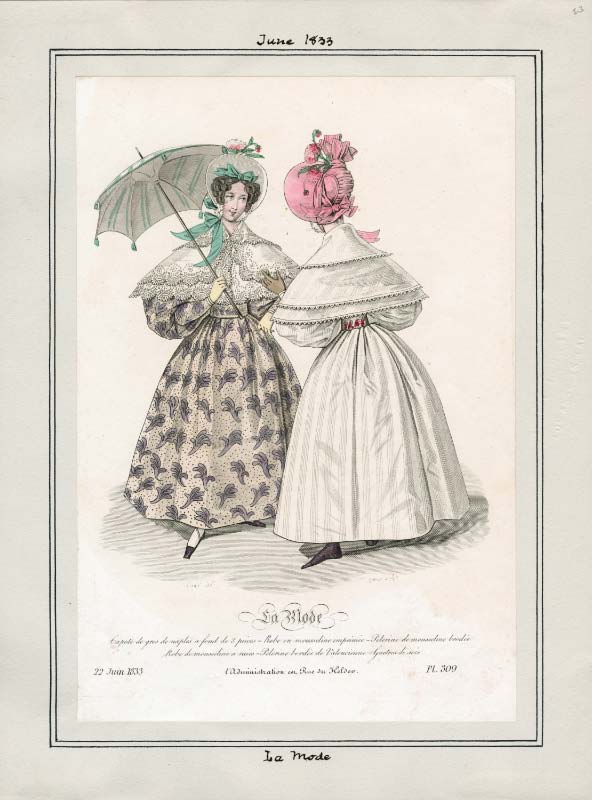Going into the New Year we’ve got a very nice deal.
From 27 December through 7 February, Silk is for Seduction, Kindle edition, will be $1.99. Because eBook retailers tend to match the Kindle prices, it’s reasonable to assume that Nook, Apple Books, and others will offer a similar deal at some point.
Meanwhile, if you haven’t read my Dressmakers series, this can be your introduction. It’s the first of what became a four-book trilogy (I know).
Three slightly French modistes come to London, determined to become the Beau Monde’s premier dressmakers. There’s scandal, intrigue, and cutthroat competition. There are some persistent gentlemen determined to be irresistible. And there are the wild, exuberant fashions of the 1830s—including hairstyles—that make the 1980s look prim.
















